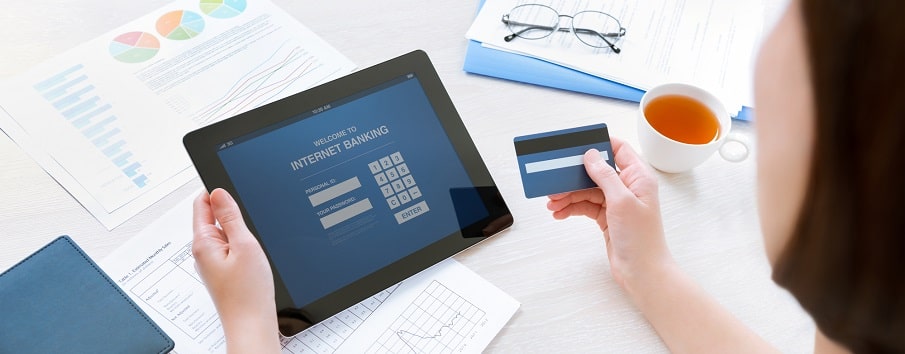The growth of e-commerce during the COVID-19 pandemic lockdown and the need for secure online payments following last year’s lockdown has continued to grow in the fashion, electronics, and beauty sectors. An Experian Global Identity & Fraud Report found that electronic transactions increased by 20 per cent. However, the rise in online shopping also leads to an upsurge in fraud, with 2 out of 3 companies showing more significant concern about fraud.
What are internet users concerned about?
Any person browsing the internet and buying products or services on the internet often faces the following major concerns:
– Security and data privacy. Sensitive data are used in secure electronic transactions, including full name and surname, address and bank details, so users need to protect them and ensure that they are used securely to prevent identity theft or fraud.
– Availability of information. The information must be available for any internet user regardless of the device used to access it.
Secure management of personal data. Users value their data on the network being easily managed or deleted.
Different forms of secure online payments
The increasing use of the internet, as we have seen, has led to an increase in fraud possibilities, and people are increasingly looking for ways to make secure online payments. Several measures can be used to avoid potential risks:
- Use a trusted service provider. A trust service provider is a company that offers electronic signature and seal, time stamping, e-contracting or registered delivery services, to name but a few. Such service providers are governed by the European regulation known as eIDAS.
- Digital identity verification. It is a process whereby the identification of a person is performed remotely. It is helpful for telecommunications service contracting processes, among others. net provides, for example, the so-called eKYC video, which consists of a secure online identification process:
- All sides of the person’s identity card are taken.
- The user takes a selfie.
- The selfie is then compared to the ID photo, and the identity is verified.
- Electronic contracting. Electronic contracting use electronic signatures to sign any contract: employment contracts, real estate contracts (sales, purchases, leases), commercial contracts (provision of services, etc.).
- Registered electronic communications. Businesses often need to send reliable communications, and for many years they have used postal services such as the burofax, but the time and resources it requires are not an efficient and user-friendly method of communication. Nevertheless, Registered Email is as simple as just typing an email address from a trusted service provider and downloading the information of all the communication done. The same goes for the Registered SMS, a text message that can be used as evidence in court.
- Electronic documentary evidence. Furthermore, we can highlight that online payments are secure thanks to the so-called documentary evidence, a PDF that can be downloaded from the website of your trusted service provider, where you can verify data such as the email addresses of the parties to the communication or electronic contracting, the documents that have been signed, the dates and times, etc.
- Two-factor authentication. Here two different authentication methods are used. For example, many banks currently ask you to enter your username and password to access their website and then send you an SMS with a code. Therefore, a two-factor identification service is your password and a one-time password that you receive by SMS to your phone.
Today’s consumers are different from those of a few years ago and demand more convenient and secure identity identification methods. In this regard, they highlight that they consider physical biometrics (e.g. the use of facial features such as iris or fingerprints), PIN codes (usually one-time codes sent by SMS to the user’s mobile phone) and behavioural analytics (where users’ behaviour is verified on browsers and mobiles without the need for the user to do anything) to be more secure.
Summing up, In short, it is about finding secure electronic payments that do not involve any risk for online users.
